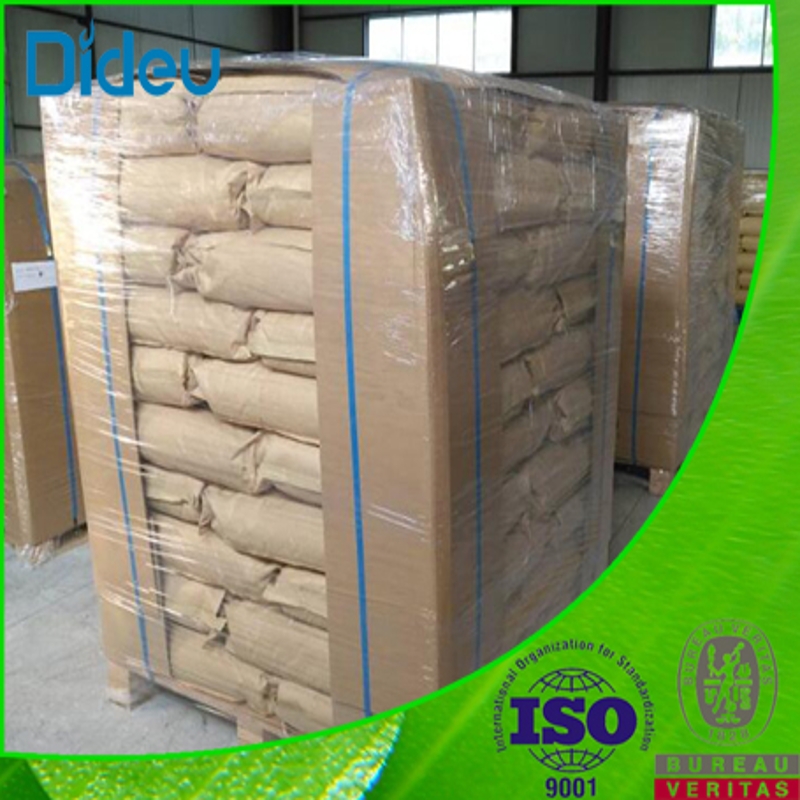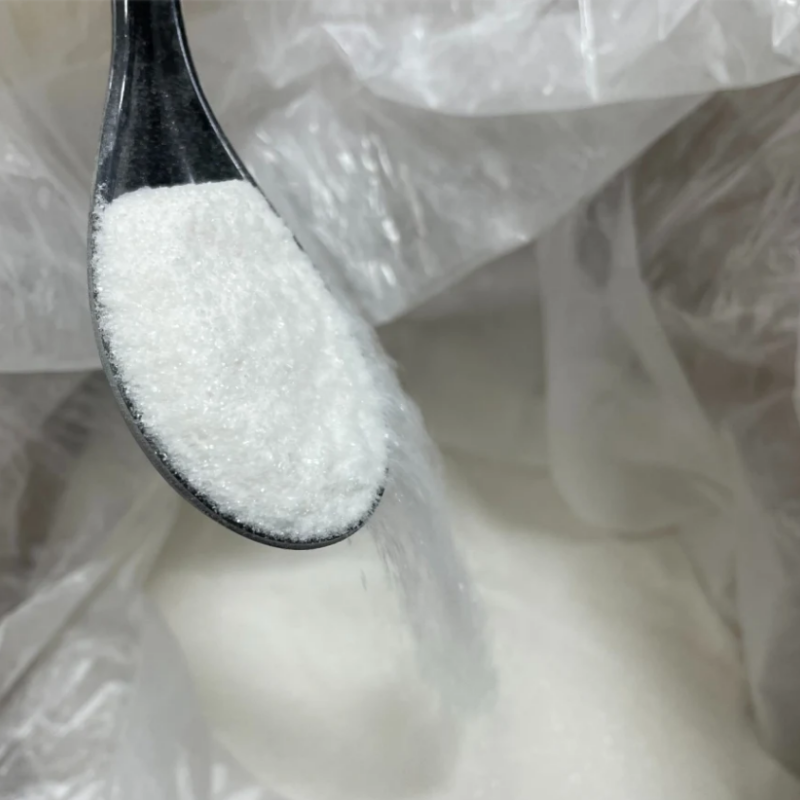-
Categories
-
Pharmaceutical Intermediates
-
Active Pharmaceutical Ingredients
-
Food Additives
- Industrial Coatings
- Agrochemicals
- Dyes and Pigments
- Surfactant
- Flavors and Fragrances
- Chemical Reagents
- Catalyst and Auxiliary
- Natural Products
- Inorganic Chemistry
-
Organic Chemistry
-
Biochemical Engineering
- Analytical Chemistry
-
Cosmetic Ingredient
- Water Treatment Chemical
-
Pharmaceutical Intermediates
Promotion
ECHEMI Mall
Wholesale
Weekly Price
Exhibition
News
-
Trade Service
On November 17, after a week of perseverance and hard work by the pyrolysis gasoline hydrogenation technology team of PetroChina Research Institute and Sinopec Guangzhou Petrochemical technicians, the pyrolysis gasoline second-stage hydrogenation unit produced qualified products, and the regeneration of domestic pyrolysis gasoline second-stage hydrogenation catalyst was successfully completed
.
The second-stage hydrogenation catalyst of Guangzhou Petrochemical Gasoline Hydrogenation Unit was originally designed to use imported catalyst
.
After the expansion and transformation of Guangzhou Petrochemical's 200,000 tons/year ethylene project, the processing capacity of gasoline hydrogenation unit increased, which also put forward higher requirements
for the activity of the catalyst.
Since 2005, the second stage hydrogenation unit of Guangzhou Petrochemical pyrolysis gasoline has adopted LY-9702+LY-9802 composite bed catalyst developed by the Petrochemical Research Institute to replace the imported catalyst
.
After the application of domestic catalyst, it not only solves the problem of unqualified product indicators in the use cycle of imported catalysts, but also extends the operating cycle by about 2 years, which meets the production technical requirements
of gasoline hydrogenation units after the transformation of ethylene projects.
Since the successful development of the pyrolysis gasoline two-stage hydrogenation catalyst developed by the Petrochemical Research Institute in the 70s of the 20th century, it has undergone several formulation optimizations and continuous upgrading of performance, improved the low-temperature hydrogenation activity of the catalyst by regulating the catalytic active phase structure, and improved the anti-coking performance of the catalyst by modulating the pore structure and surface acidity of the carrier, so that the catalyst has high hydrogenation activity while avoiding the hydrogenation loss of aromatics as much as possible, and has strong adaptability
to hydrogenation raw materials with low sulfur content 。 The comprehensive performance of the pyrolysis gasoline second-stage hydrogenation catalyst of the Petrochemical Research Institute, especially the hydrogenation stability performance, exceeds that of the imported catalyst, and has been recognized
by domestic application manufacturers.
In January 2021, Guangzhou Petrochemical applied the highly selective pre-vulcanized pyrolysis gasoline second-stage catalyst newly developed by the Petrochemical Research Institute for the first time and completed the start of agent replacement, and the catalyst pretreatment and oil feeding process was fast and stable, and it took only 10 hours from the start of oil to the product qualification, ensuring the timely and smooth upstream and downstream production links
.
Compared with the in-vessel vulcanization technology, the out-of-device pre-vulcanization technology eliminates the vulcanizing agent injection step, simplifies the catalyst pretreatment process, significantly reduces hydrogen sulfide emissions, makes the start-up process safe and environmentally friendly, and shortens the start-up time by more than
20%.
The second-stage catalyst for pre-vulcanized pyrolysis gasoline outside the Petrochemical Research Institute has been applied
in 8 sets of plants at home and abroad.
In early October 2022, Guangzhou Petrochemical put forward the service requirements for pyrolysis gasoline second-stage hydrogenation catalyst regeneration and treatment technology, and the technical team of the Petrochemical Research Institute organized several discussions, conducted a comprehensive analysis of the operation of the unit in this cycle and put forward operational suggestions, and carefully prepared the catalyst regeneration and subsequent vulcanization and start plan
.
Due to the impact of the new crown pneumonia epidemic, the technical team members of the Petrochemical Research Institute are on duty 24 hours a day online to put forward reasonable suggestions to ensure the smooth progress
of catalyst regeneration and treatment.







